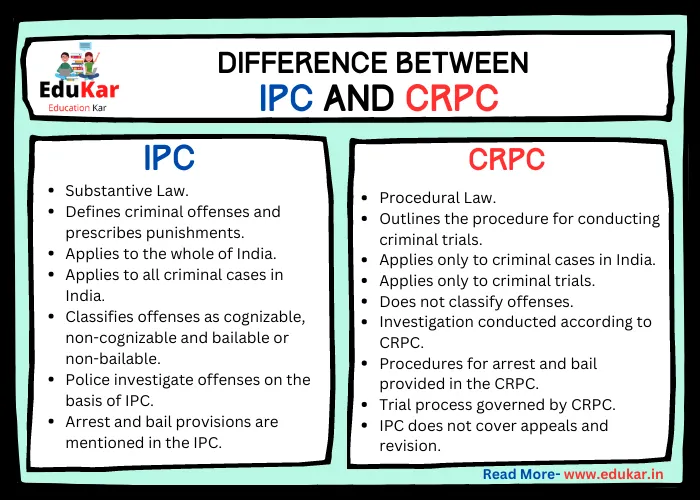Contents
- 1 Introduction
- 2 Importance of Education in India
- 3 Historical Overview
- 4 Current State of Education in India
- 5 Primary and Secondary Education
- 6 Higher Education
- 7 Vocational Education and Training
- 8 Conclusion
- 9 FAQs for “Education System in India Essay”
- 9.1 Q: What is the current education system in India?
- 9.2 Q: What are the main challenges facing the education system in India?
- 9.3 Q: What is the role of technology in the education system in India?
- 9.4 Q: What is the government doing to improve the education system in India?
- 9.5 Q: How can parents and guardians support the education system in India?
Explore the current state of the education system in India in this comprehensive essay. Learn about the challenges facing the system, the role of technology, and the initiatives being taken by the government to improve access and quality of education for students.

Introduction
The education system in India is one of the oldest and most diverse in the world. With a history that dates back to ancient times, the Indian education system has undergone significant changes and developments over the years. However, despite its long history, the education system in India still faces several challenges that need to be addressed.
Importance of Education in India
The importance of education in India cannot be overstated. It is widely recognized as a key driver of economic growth and social development. Education plays a critical role in empowering individuals and communities, and is essential for the country’s overall progress and prosperity. The government of India has recognized the importance of education and has made significant investments in the education sector over the years.
Historical Overview
One of the most significant milestones in the history of Indian education was the arrival of the British during the colonial period. The British introduced a new education system that was based on Western models and aimed to produce a class of educated Indians who would serve as intermediaries between the British and the native population. This system of education had a profound impact on the development of the Indian education system and laid the foundation for the education system we have today.
Current State of Education in India
The current state of education in India is a mixed one. On the one hand, there has been significant progress in terms of access to education, with enrollment rates at primary and secondary levels reaching nearly 100%. However, the quality of education remains a major concern, with a significant portion of students not achieving basic literacy and numeracy skills. The government has introduced several policies and initiatives aimed at improving the quality of education, but there is still a long way to go.
Primary and Secondary Education
Primary and secondary education in India is organized and administered by the state governments. The curriculum is designed to provide students with a broad-based education that covers subjects such as language, mathematics, science, and social studies. However, there are significant disparities in the quality of education across states, with students in some states performing much better than those in others.
Higher Education
Higher education in India is provided by universities and colleges. The higher education system is characterized by a large number of institutions and a wide range of programs. However, access to higher education remains a major challenge, with only a small percentage of students being able to enroll in universities and colleges. The quality of higher education is also a concern, with a significant portion of graduates not being employable.
Vocational Education and Training
Vocational education and training in India is provided by a range of institutions, including industrial training institutes and polytechnics. The government has introduced several policies and initiatives aimed at expanding access to vocational education and training, but there are still significant gaps in terms of quality and coverage.
Conclusion
In conclusion, the education system in India has a long and rich history, and has made significant progress in terms of access to education. However, there are still significant challenges that need to be addressed, including the quality of education, access to higher education, and vocational education and training. The government of India has recognized these challenges and has introduced several policies and initiatives aimed at addressing them. However, more needs to be done to ensure that all students in India have access to quality education that will enable them to reach their full potential.
FAQs for “Education System in India Essay”
Q: What is the current education system in India?
A: The current education system in India is a combination of both public and private institutions, with the government responsible for formulating policies and regulations for education. The system includes primary, secondary, and higher education, with the option for students to specialize in various fields such as science, arts, and commerce.
Q: What are the main challenges facing the education system in India?
A: Some of the main challenges facing the education system in India include: lack of access to education in rural areas, inadequate funding, shortage of qualified teachers, and a high dropout rate. Additionally, there are issues of gender and socio-economic disparities, as well as a lack of focus on practical skills and job readiness.
Q: What is the role of technology in the education system in India?
A: Technology is increasingly being used in the education system in India to improve access to education and enhance the learning experience for students. This includes the use of online courses, virtual classrooms, and educational apps, as well as the incorporation of technology into traditional classroom teaching.
Q: What is the government doing to improve the education system in India?
A: The Indian government has been taking steps to improve the education system in India. This includes initiatives to increase access to education in rural areas, increase funding for education, and improve the quality of teachers. Additionally, the government has been implementing policies to improve the focus on job readiness and practical skills, as well as addressing the issues of gender and socio-economic disparities in education.
Q: How can parents and guardians support the education system in India?
A: Parents and guardians can support the education system in India by encouraging their children to attend school and take their education seriously. Additionally, they can support the education system by participating in school activities and working with teachers to ensure that their children are receiving a quality education. They can also advocate for better funding and resources for education in their communities.


![Best 5 Speech on Yoga [Long & Short] Speech-on-Yoga](https://edukar.in/wp-content/uploads/2023/03/Speech-on-Yoga.webp)


![Speech on Subhash Chandra Bose [Short & Long] Speech-on-Subhash-Chandra-Bose](https://edukar.in/wp-content/uploads/2023/03/Speech-on-Subhash-Chandra-Bose.webp)










